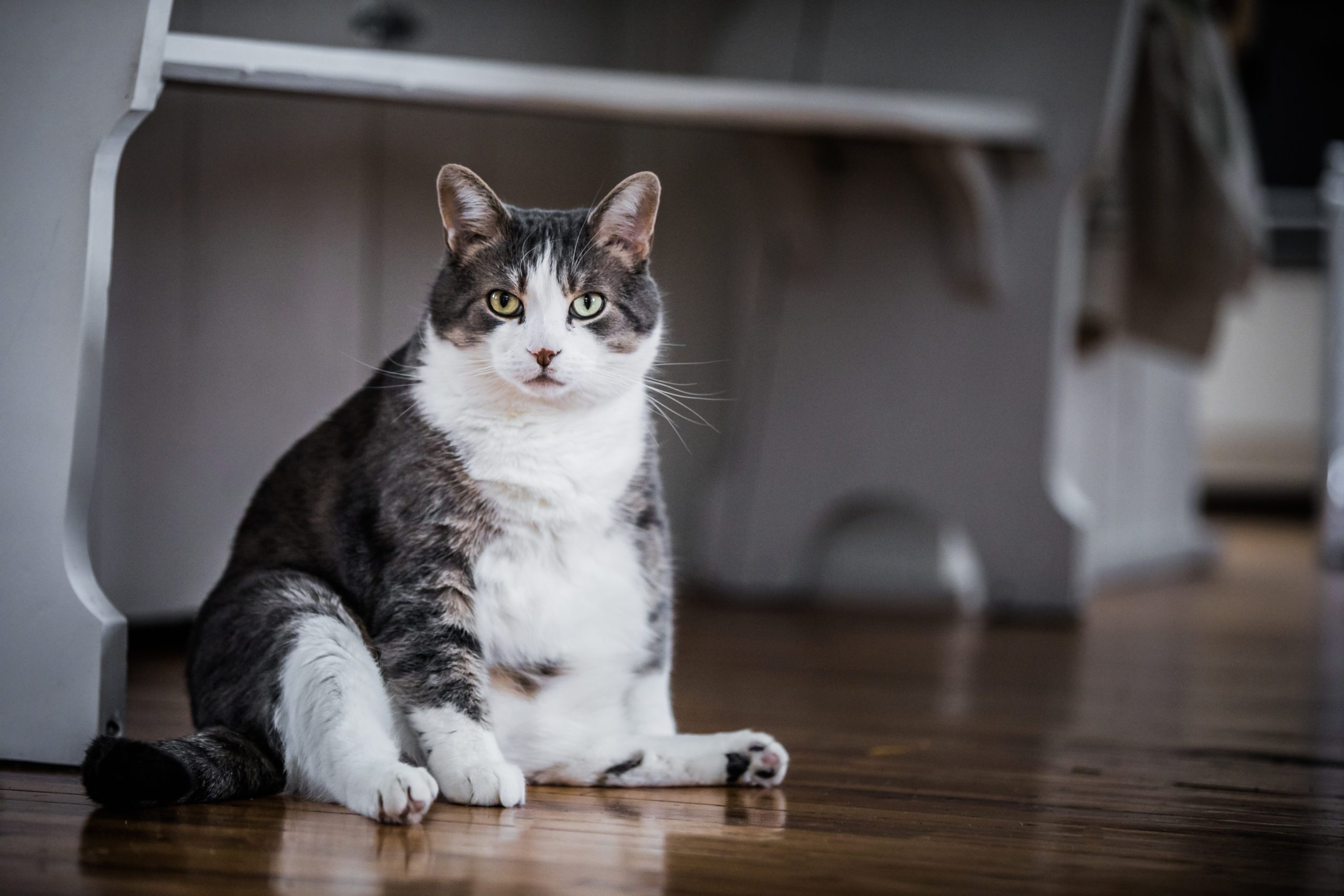
How To Detect Pet Obesity
November is National Pet Diabetes Awareness Month, and the best thing you can be is educated! Learn the signs and symptoms of pet obesity and determine the most effective weight loss plans for obese dogs and cats so that you’re never unprepared. The best part? Weight loss plans often serve as great preventative measures so you can get ahead of the problem before it ever arises. First, let’s go over how to detect whether your pet is fat or fit.
Body Shape
If your pet is looking a little pudgy, fear not! That’s completely normal. But too much bulge can be cause for health concern. Start by looking at your dog from above. If you notice they’re looking rather plump, they’re likely overweight. If their waist is defined toward the rear and they have a straighter build down their sides, they’re likely in good shape. Additionally, look at your feline friend from above, and if you can’t see their waist or the space between their hips and ribs protrudes, this could be a telltale overweight cat symptom.
Feel for Ribs
The prominence of your pet’s ribs could be a huge indicator of weight issues. Start by running your hand along your dog’s or cat’s side and, for a cat, down their spine. They are likely healthy if you can easily feel their ribs or spine covered by only a little fat without pressing too hard. However, if you can’t easily feel these, this may be a sign of obesity.
Side View
A sagging waist or swinging tummy is always a telltale sign of pet obesity. Take a moment to examine your pet from the side. If you notice a layer of low-hanging fat, this indicates your pet is fat rather than fit.
Examine Behavior
One big overweight dog and cat problem is inactivity and overeating. If you notice your pet has become a couch potato, has difficulty getting around, or seems to be out of breath following mild activity, your pet may be overweight.
Weigh Regularly
One of the best ways to detect and ultimately avoid obese dogs and cats is to weigh your pet regularly. This can happen at your regular veterinary check- ups or at home, depending on the size of your scale. Remember that a healthy weight will look different for different breeds, so be sure to ASK YOUR VETERINARIAN questions and become familiar with what a healthy weight looks like according to your specific pets.
Weightloss Plan for Obese Dogs and Cats
If your vet determines that your pet is overweight, you will want to immediately start a weight loss program. Two of the primary things your veterinarian will want to target are caloric intake and the amount of daily exercise. Here are some changes you might consider making:
- Put your pet on a nutritious diet with appropriate portion sizes
- Avoid free feeding your pet
- Encourage at least 10-15 minutes of exercise daily, ease into longer blocks of time
- Ensure your pet is hydrating enough each day
- Give your pet plenty of attention so that they don’t oversleep or overeat out of boredom
- Set a weight goal for your pet with your vet, and be patient!

